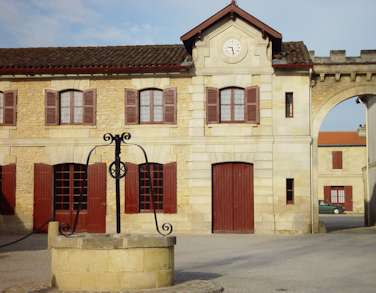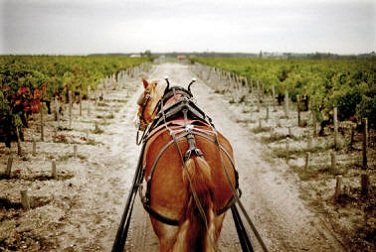Château Pontet Canet
Pauillac Cinquième cru 1855 Such is the speed with which Pontet-Canet's star has risen of recent that it could almost feel as if it's a new estate bursting on to the scene. But it has a long history, in keeping with its noble neighbours, but a long history of under-achievement, a moniker it has only just shaken off. During the 18th Century, Jean-François de Pontet, and his descendants, built up a very healthy portfolio of vineyard in the Médoc. Those that they owned in St Julien were, eventually, disposed of but the large estate that they assembled in Pauillac was retained and has resisted the fragmentation that afflicted so many Médoc estates over the years. Consequently, at 80ha of vines in a 120ha estate, Pontet-Canet is one of the largest Cru Classé estates. By the time of the 1855 classification, despite being the neighbour of Mouton-Rothschild and Lafite, Pontet-Canet could "only" scrape 5th Growth status. Herman Cruse bought the run down estate in 1865 and, initially, put in the neccessary investment to realise the vineyard's potential. But, by the mid-20th Century, Pontet-Canet's production was mediocre at best. Salvation came when the Cruse family, beset with scandal, were forced to sell Pontet-Canet to a Cognac shipper Guy Tesseron in 1975. He, with his son Alfred, have, at last, allowed Pontet-Canet to blossom. It has taken a lot of work, a lot of investment, and a lot of time to perform the miracle but, since the mid-1990's, Pontet-Canet has produced wines of immense quality and longevity, much loved by Robert Parker and far exceeding 5th Growth status. Lying on a wide plateau of poor gravel soils, with Mouton Rothschild and d'Armailhac immediately to the north and the Carruades de Lafite vineyard to the west, Pontet-Canet is planted to 62% Cabernet Sauvignon, 32% Merlot, 4% Cabernet Franc and 2% Petit Verdot. The vineyards are farmed biodynamically, the first classed growth vineyard in the Médoc to do so. In keeping with that, they have eschewed tractors in favour of horses, who's hooves are kinder to the soil than tractor tyres. The Grand Vin spends 16 to 20 months in wood, of which 60% typically is new. There is a second wine - Les Hauts de Pontet Canet.

